Exhibition: The Fall
2012
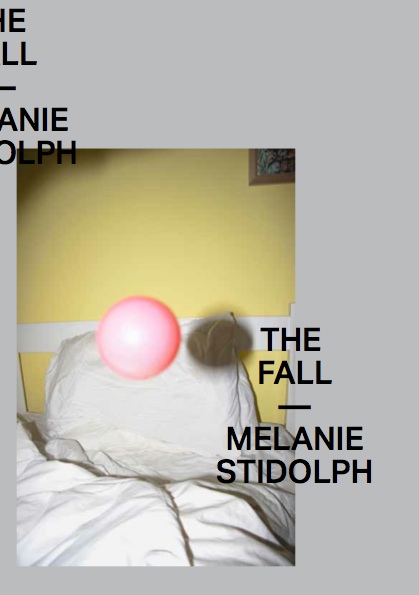
'The Fall' publication, cover
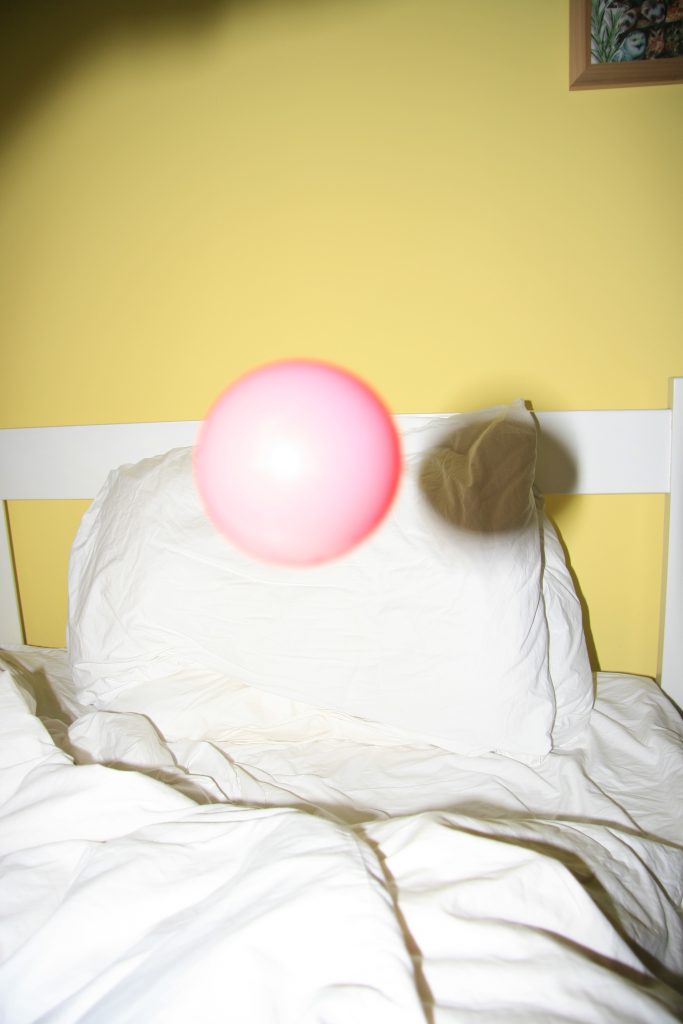
The Fall, 2012
The Fall is a body of work developed for a solo show at Campbell Works, London in 2012 supported by a development and production grant from Arts Council England, London. Publication designed by Cameron Leadbetter of Shining Studio.
The exhibition included a room of digital projections – the work Windfall, six photographs on a timed loop, tracking the movement of an apple as it is thrown / falls through the air and takes its own photograph. A series of stills on a monitor showed the passage of a dart as it flies across a bookcase, its shadow clearer than than the object. A hanging of balls in the kitchen, translucent circles illuminating a hallway, a single ball on the pillow. Finally, four photographs of scenes from the photo studio – an egg thrown and suspended in mid-air, a lump of blu-tak, misshapen from hitting the surface.
Making the work was a response to my experience of infertility. It was the first time I’d shot work in my home, my studio, my darkroom. Each stage of the project unknowingly reflected the stages I was going through in my attempts to become pregnant; trusting in nature, scheduling, interventions and what felt like random attempts before defeat.
Working with automatic triggers was a shift in my work that had previously relied on a felt connection with the subject. I worked with a medium format camera to produce a distilled moment shown in large scale photographs. But that way of working couldn’t describe the experience I was having then, chasing something unseen.
I started to work digitally, setting the camera on continuous shooting mode. Using automatic triggers meant I could draw a direct line between the subject and its role in the making of an image; prioritising action and distancing thought in the production of the photographs. Birds photograph beds, apples catch themselves mid air; naturally occurring and constructed actions replace the decisive role of the photographer to trigger images of events and objects in tension and suspension.
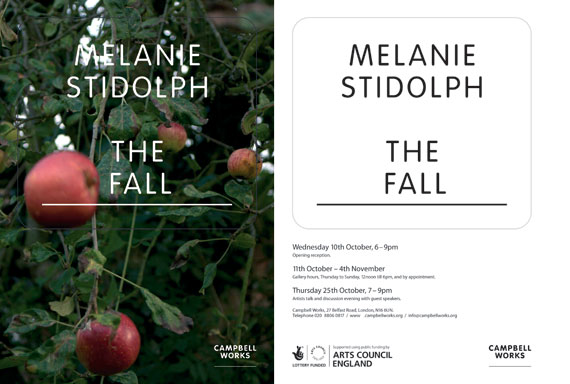
'The Fall'
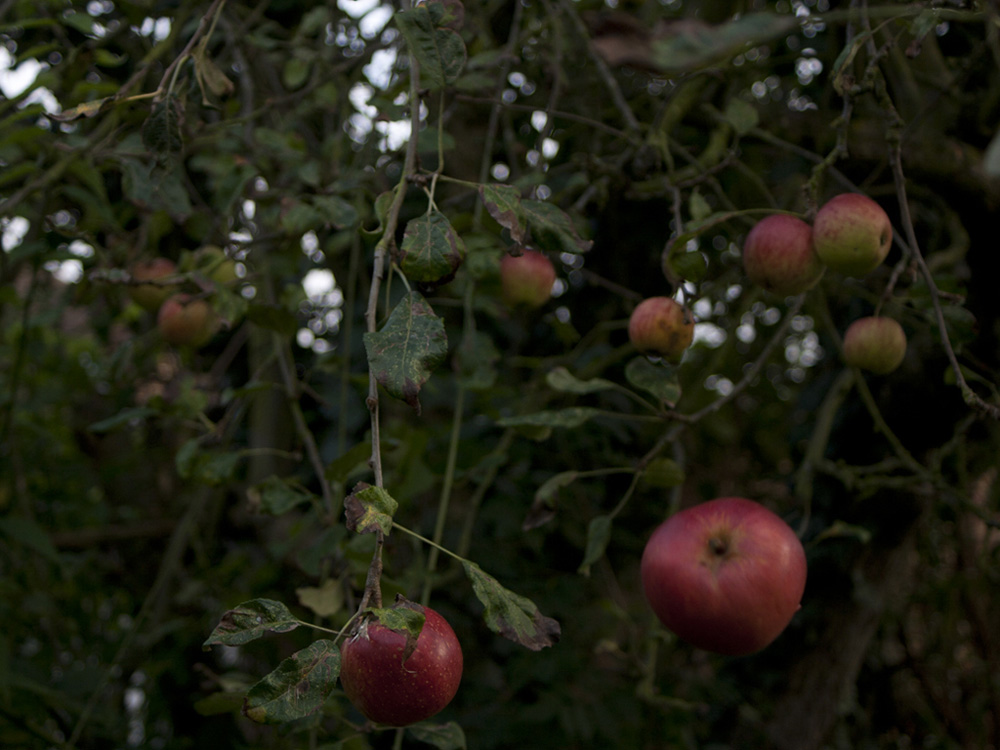
Windfall, 2011
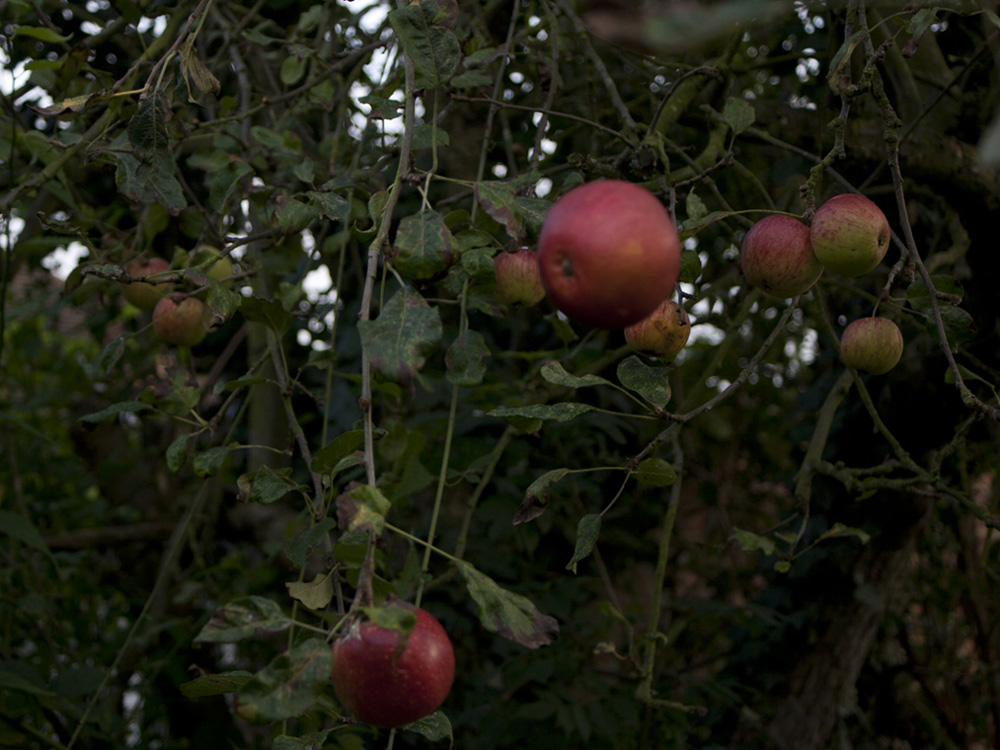
Windfall, 2011
‘One of these apples is no longer attached to this tree. It was thrown into the camera’s view and an image was made as it crashed through the branches and presumably fell to the ground, with some noise. The photograph was not taken by a human hand, but rather by a motion detector; triggered by a single, unattached apple moving vertically through the frame…
…By taking away something in the making of this photograph, we are offered something dead and rotten with no sharp ends. The picture allows us to think politically: to think beyond one human and one response and instead to the wider social function of a particular form of photographic technology as it relates to the authority of images’
Extract from ‘Photographing Apples’, Daniel C Blight
Full text – www.varioussmallfires.co.uk
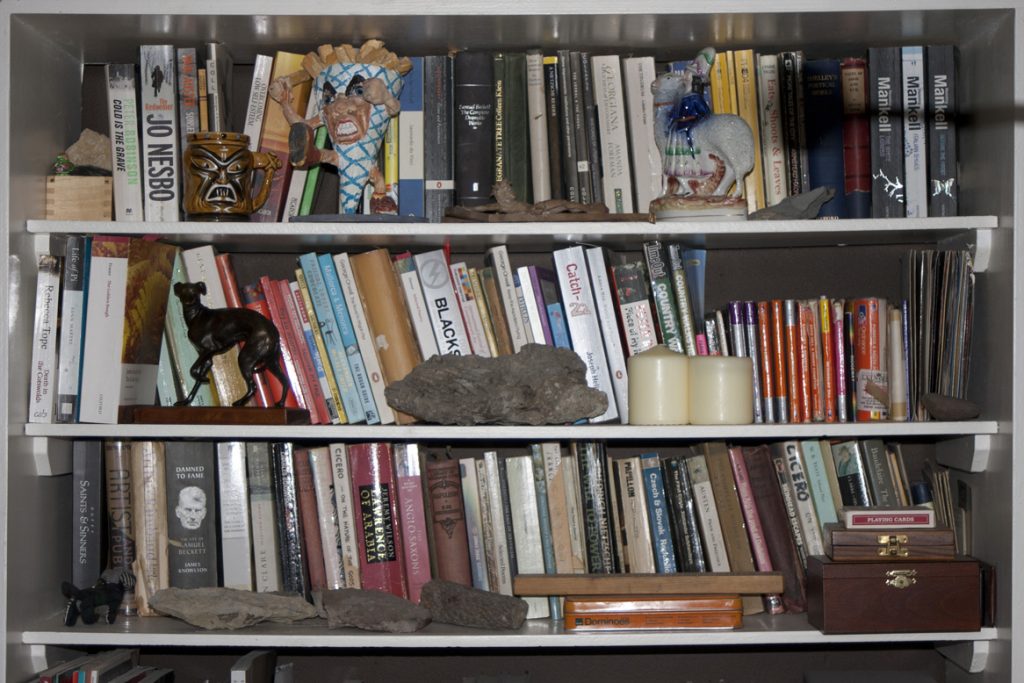
The Fall, 2012
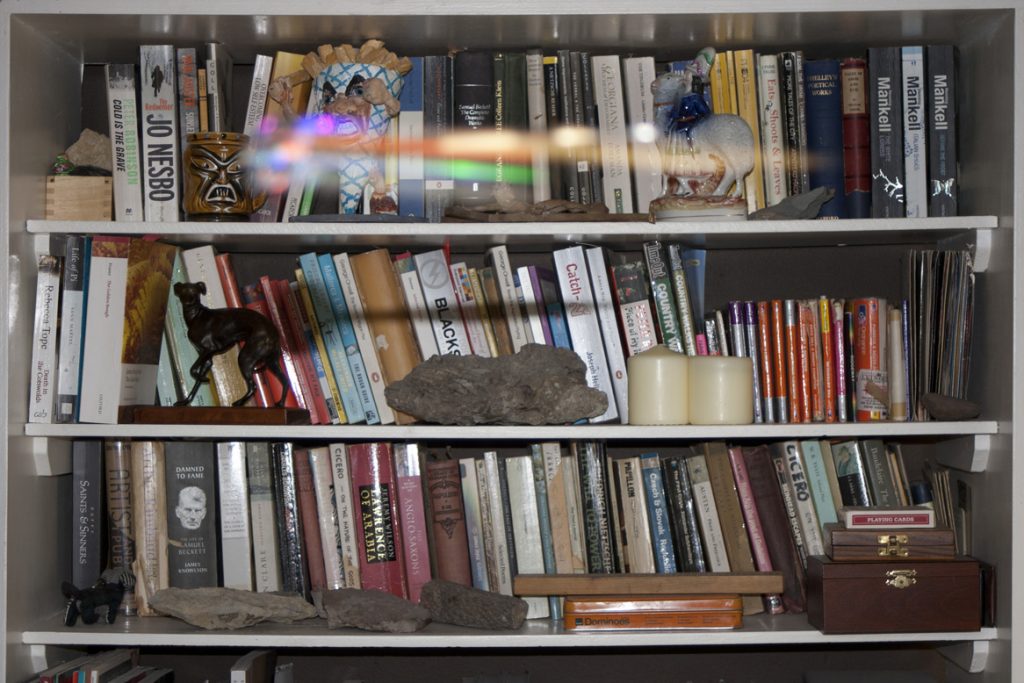
The Fall, 2012
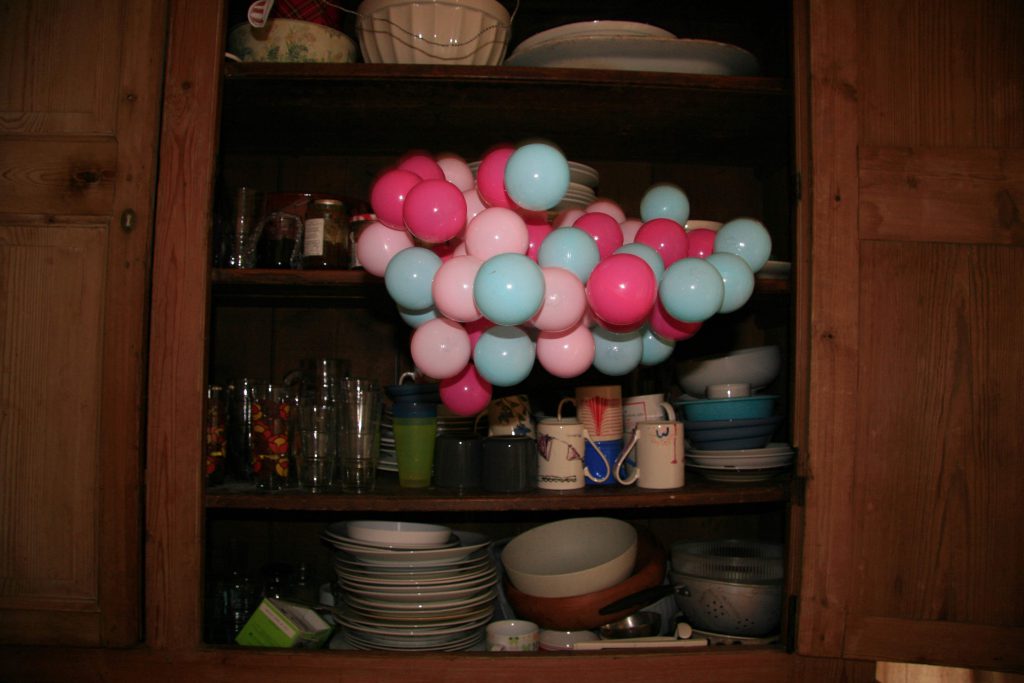
The Fall, 2012
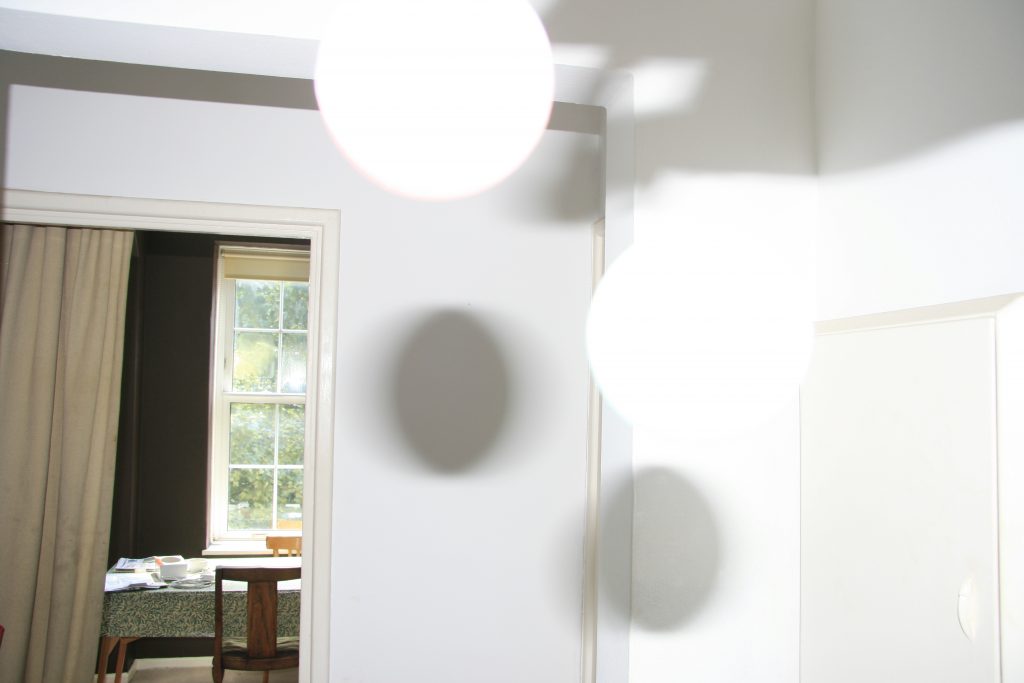
The Fall, 2012
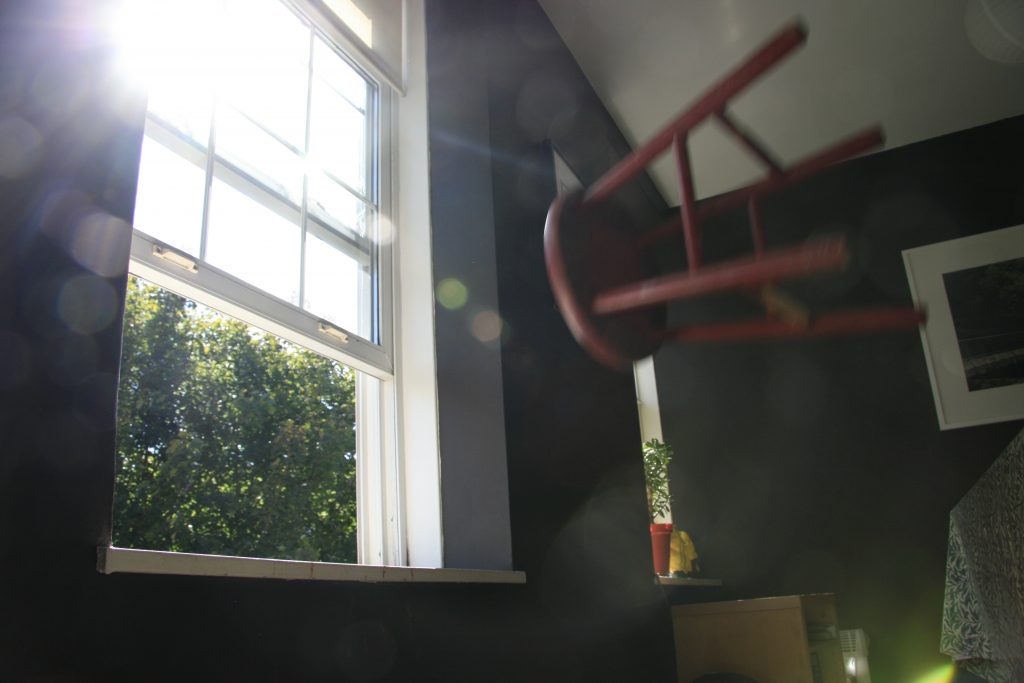
The Fall, 2012
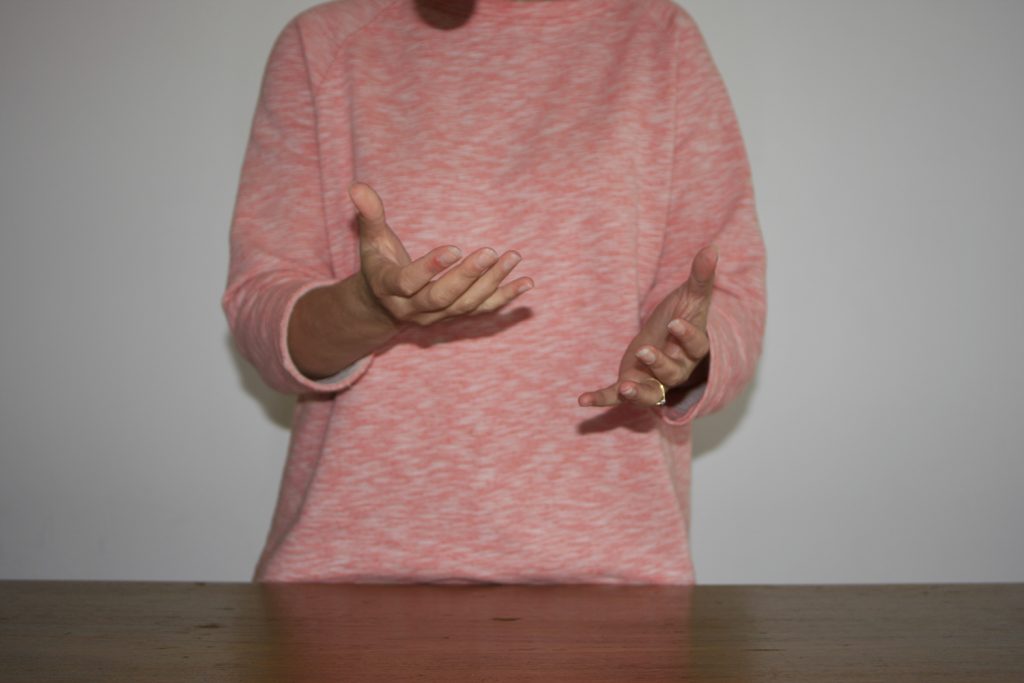
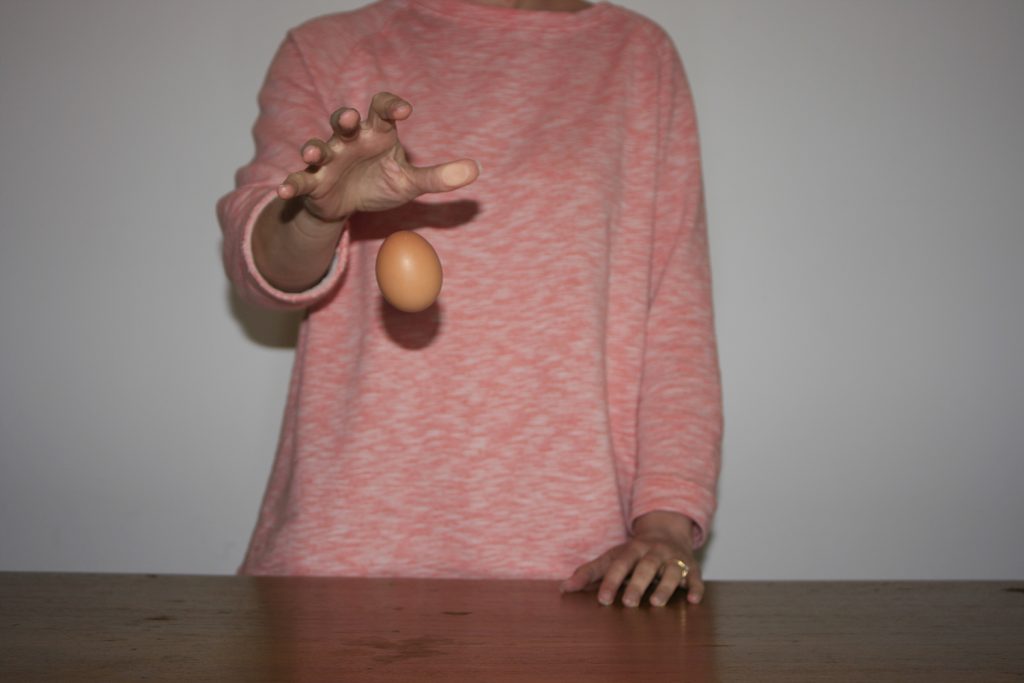
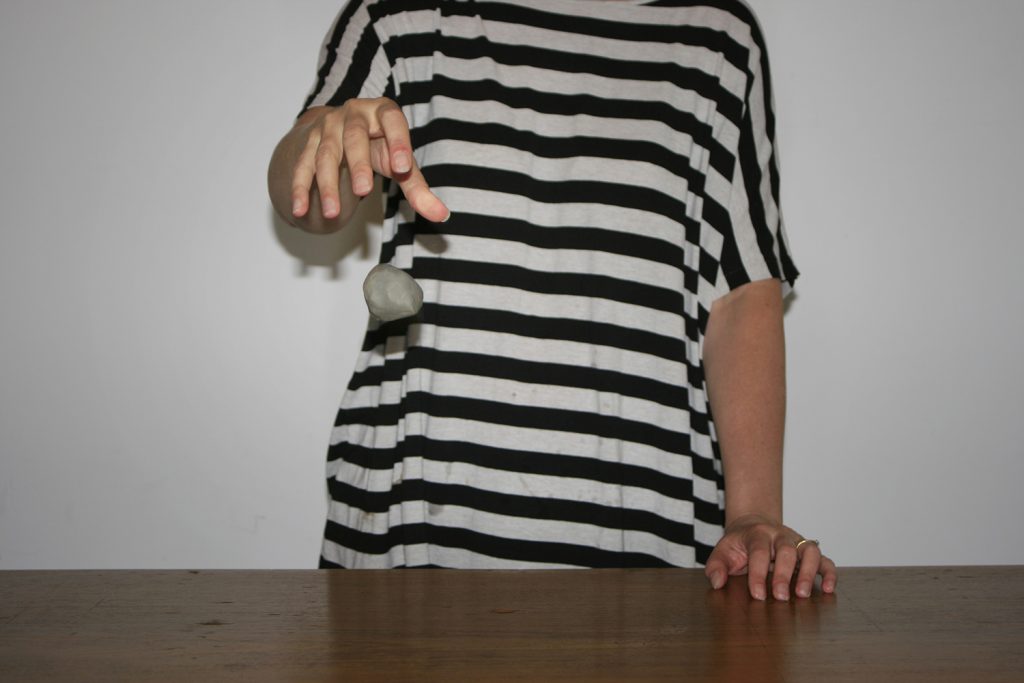
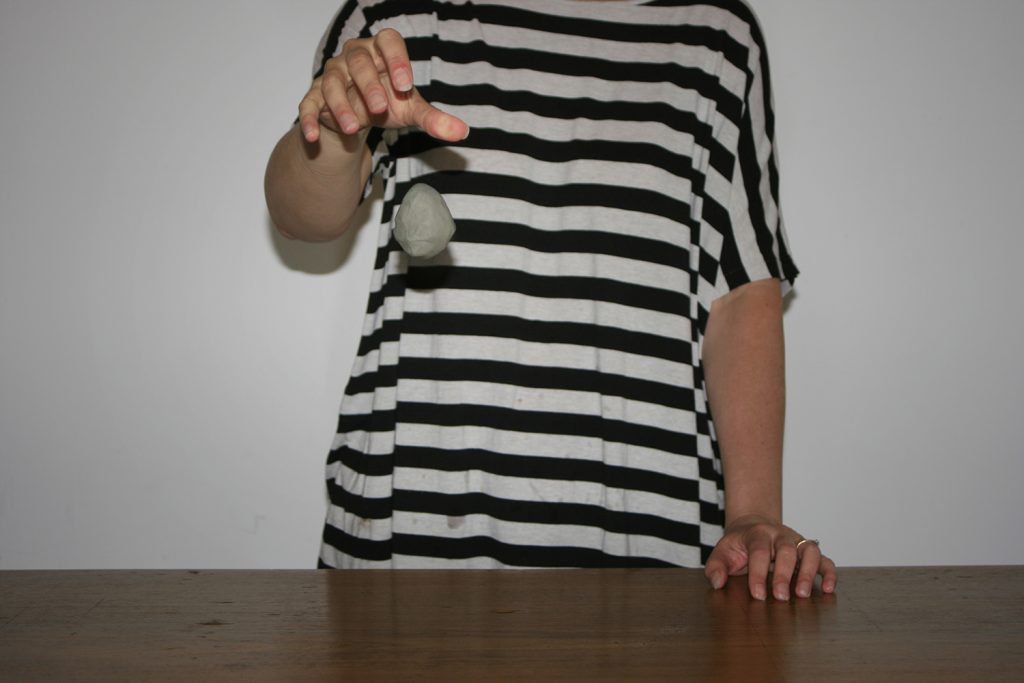
Christiane Monarchi: Images of a person dropping something fragile in the instant before it hits, or a piece of furniture suspended in air, these could imply a narrative of wilful destruction, a tiny chaos introduced into an otherwise calm interior, and of a different tenor than a falling plastic ball or apple. What comes next, after the image?
Melanie Stidolph: I like the phrase ‘a tiny chaos’, in thinking of a bigger picture, a wider significance to the idea of ‘The Fall’ I kept returning to slight shifts in environment and perception that can be suggestive of a wider significance. In pursuing the works and chasing the idea of the fall I think I knew I didn’t want the images to be spectacular, but more everyday or incidental in how they appeared, perhaps then to allow more space for a consideration of what led up to them, what came before, rather than what came after.
On Falling – Interview with Christiane Monarchi, Editor, Photomonitor
Full text – www.photomonitor.co.uk